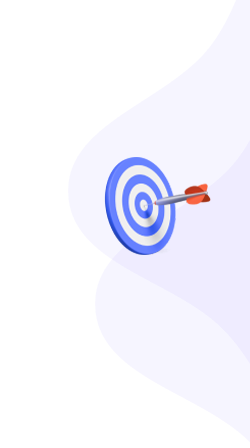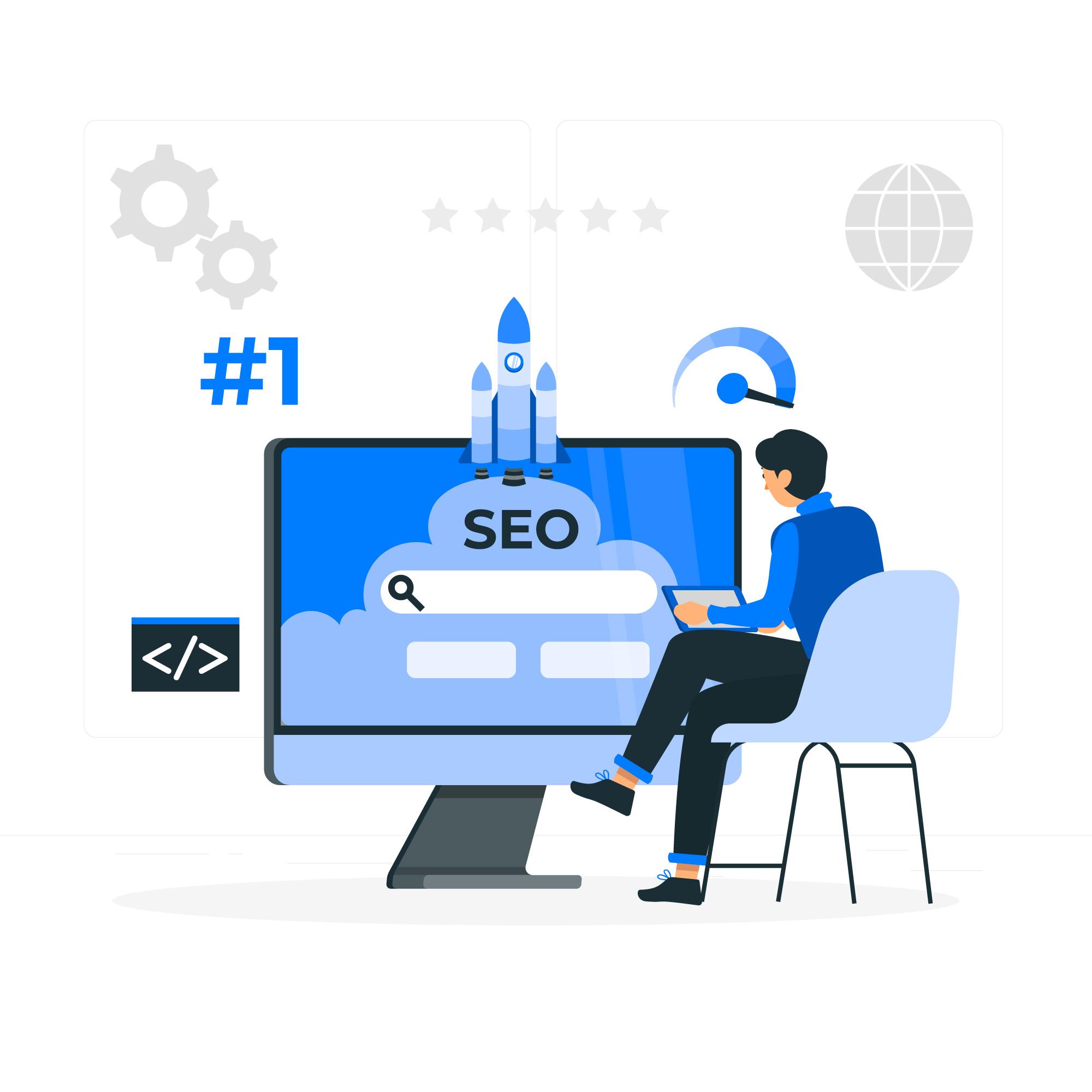What is On-Page Optimization?
On-page optimization refers to all the measures taken within a website to improve its position in search engine rankings. It involves optimizing both the content and HTML source code of a page to make it more relevant, user-friendly, and search engine-friendly.
Content Quality
Aim for original, relevant, and well-structured content. Provide value, answer questions, and cover related subtopics. Include internal and external links.
Image Optimization
Use descriptive filenames. Compress images for faster loading. Add alt tags with relevant keywords.
Internal Linking
Link to other relevant pages on your site. Helps search engines crawl and improves user experience.
Mobile-Friendliness
Use responsive design. Test pages with Google’s Mobile-Friendly Test.
Page Speed
Use tools like Google PageSpeed Insights or GTmetrix. Optimize images, leverage browser caching, and minimize code.
Schema Markup
Add structured data (JSON-LD) to help search engines better understand your content. Enables rich snippets like reviews, ratings, FAQs, etc.
User Experience (UX)
Make navigation intuitive. Use clear CTAs. Improve readability with short paragraphs and bullet points.
Keyword Optimization
Use your main keyword in: Title tag First 100 words At least one H2 or H3 URL Image alt text Avoid keyword stuffing.








